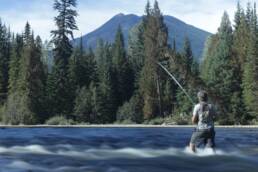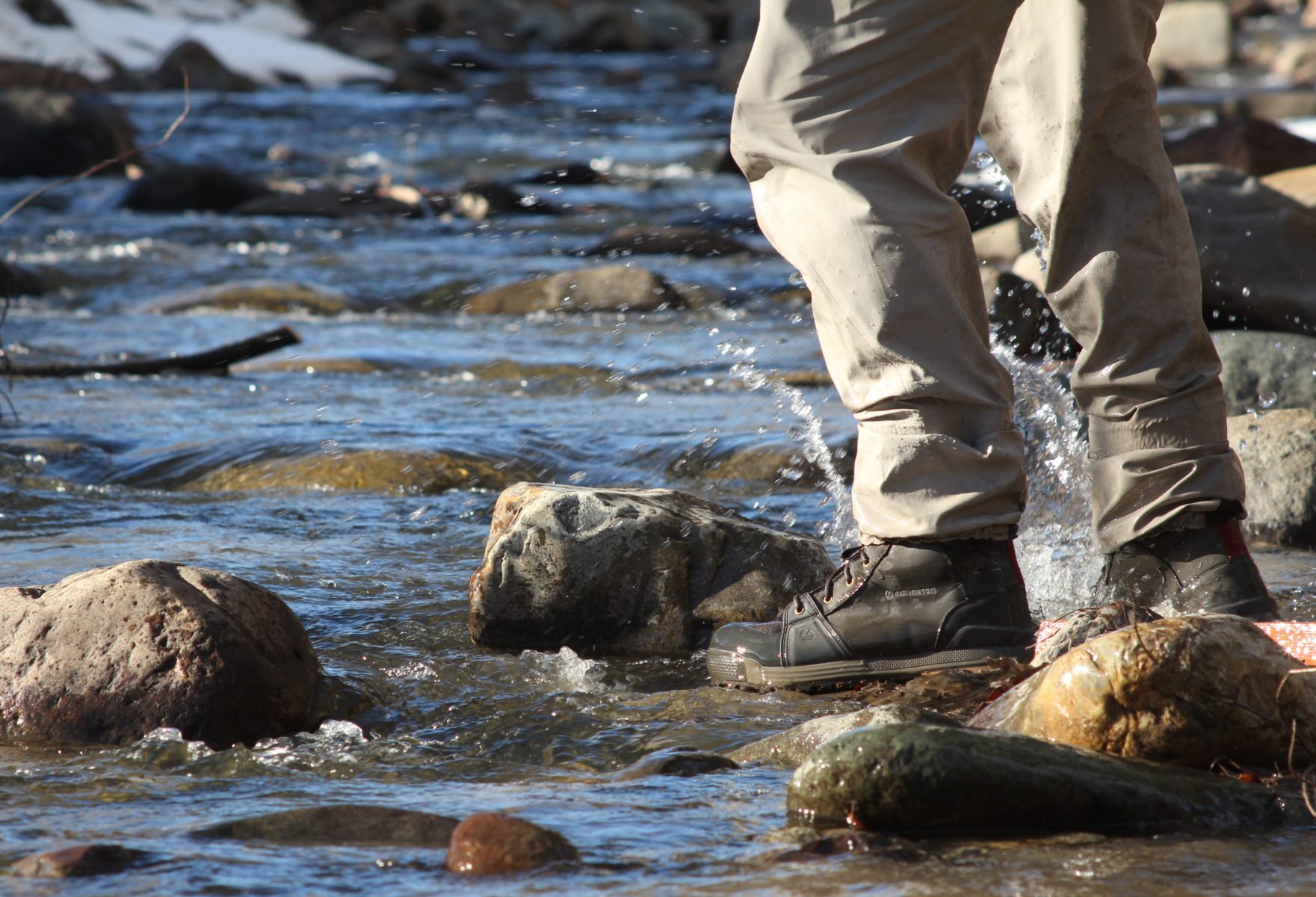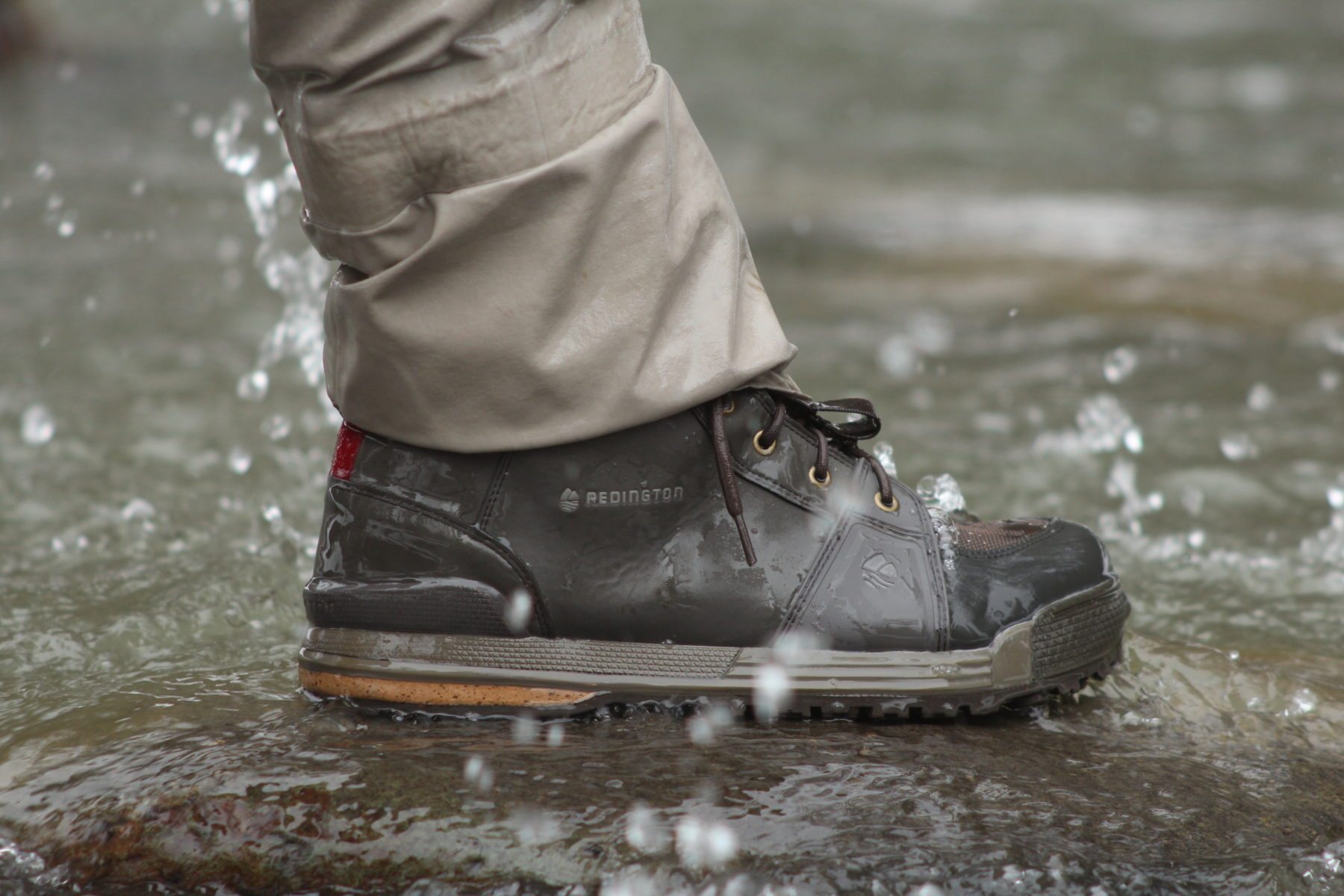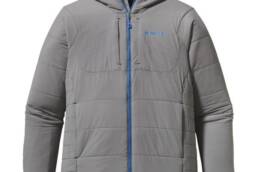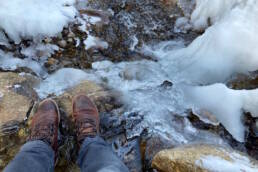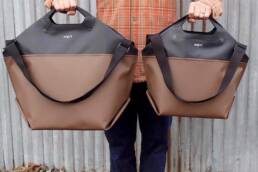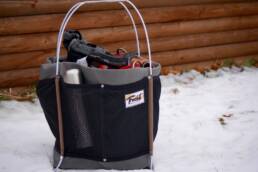The Felt vs. Rubber-Sole River Test
You can cast a fly with a stick, catch a fish with a chunk of hot dog, and spend weeks wet wading in shorts and a T-shirt. Yet for anyone who’s stood knee-deep in fast water, tentatively anticipating the next step, the one thing you can’t do without is a solid pair of wading boots. They make the difference between a great day on the river, and a potentially treacherous swim towards a log jam.
Currently, one of the biggest issues when selecting a wading boot, is whether to purchase felt or rubber-based soles, as each material has its own appeal. Rubber-soled boots are the better choice for descending steep trails or walking on wet grass, yet are not ideal when negotiating algae-covered river rocks, where felt-soled boots have the better grip. However, felt soles are more prone to the transmission of aquatic invasive species throughout watersheds, leaving felt-soled boots banned in various U.S. states and New Zealand (Canada has yet no restrictions on felt-soled boots). After considering regional regulations and the type of terrain you’re hiking and fishing in, it’s still no easy decision.
To put the rubber vs. felt-soled wader boot to the test, I demoed Redington’s Prowler, their new line of premium wader boots. For two weeks, I wore their felt-soled boot on one foot, and sticky rubber-soled boot on the other. Besides the sole material, both boots are identical in construction and appearance. Here’s what I discovered about the boot, and my eventual choice of soles:
Durability
The first thing I noticed when taking the Prowler out of the box, is its solid construction. Molded rubber overlays are situated in high-wear areas for added durability, and the heavy-duty non-corrosive hardware adds to my impression that this boot will last many seasons on the river.
Comfort
After lacing up, I was impressed by the Prowler’s immediate comfort and support. There’s ample ankle padding, and plenty of width at the base and toe box. The Prowler wears like a hiking boot, and is a good fit for a variety of terrain. By midday, I felt like my boots had been broken in for the season.
Stability
The Prowler has many features which add to its stability on the river: a wide sole-expanded surface, with extra girth along the outer edges, and a wide toe-box help to create a stable base. As well, the Prowler has exceptional ankle support, critical when confronting a loose rock, and a potential ankle roll.
Modern Aesthetic
For the last few years, I’ve fished in the ugliest boots on the river. Every time I laced up, there was invariably a comment from a buddy about the clown shoes I was about to put on. This won’t be the case with the Prowler: it has the modern aesthetic of a hiking boot, and its river rock colour adds to its stealthy appearance.
Felt vs. Rubber
A few years back, many fly fishing apparel companies began the push towards rubber-soled boots. Their motivation sprang from felt’s absorbency and slow drying process, which increases the risk of transmitting aquatic invasive species (AIS)—commonly didymo, aka rock snot, and whirling disease—throughout river systems. At the time, anglers feared this initiative might shut down the production of felt soles. Although seven states in the U.S. have banned felt-soled boots, Canadian regulators recognize that AIS are spread by methods other than just boots, like birds, boats and trailers. Instead of banning felt, various provinces and Parks Canada have initiated didymo awareness programs that educate anglers on how to clean all gear that comes in contact with water carrying potential AIS (see insert below).
As the Kootenay rivers have no felt restrictions, I was interested in what base would provide the best traction for a day on the river. Redington has made huge improvements with the introduction of sticky walnut rubber, and utilizing the technology of how car tires grip the road. That, along with their advantage when hiking trails and river banks, I was curious to see how well the rubber Prowler would perform against felt.
As predicted, the sticky rubber base is far superior when hiking to the river, especially along wet surfaces like grass, and fallen trees. Yet, once in the water, negotiating algae-covered rocks, there’s no comparison. The felt-soled Prowler provides far better traction in these conditions, common to East Kootenay rivers. On other river bed surfaces, without algae-covered rocks, the often-preferred base is the sticky rubber sole.
As safety in the water is my major concern, I prefer the advantages felt provides in the watersheds I fish. Although both boots are stud compatible, highly increasing the rubber sole’s grip, I won’t opt for the studs, as occasionally I will spend the day in a drift boat, where studs aren’t welcome.
Conclusion
When you’re on the hunt for fish, and spending long days on the river, you’ll need a pair of boots that are comfortable, and provide excellent traction and support while wading through rivers. An excellent choice is a pair of Redington’s Prowlers, for their stability, comfort and durability. Depending on the regulations and type of terrain you’re fishing in will help determine whether their felt-sole or sticky rubber-based sole will be the best option. At just under $200 Cdn, they’re an attractive, well-priced boot that will carry you through many seasons on the river.
AQUATIC INVASIVE SPECIES AWARENESS PROGRAM FEATURES:
- Inspect: After leaving a watershed, inspect your fishing gear (or boat and trailer) for mud and vegetation that could potentially carry AIS. For wading boots, this includes the soles, laces, tongues and under the insoles.
- Clean: Remove all water, mud, and vegetation. Hot water, pressure, and a brush is a suitable method of cleaning gear, although some organizations suggest the use of chemicals, such as bleach solutions.
- Dry: AIS can only survive in damp conditions. Drying gear between fishing trips (especially when travelling to different watersheds) will ensure that hitchhiking invasives will not survive and potentially invade other watersheds.
Redington’s Prowler Boot (Sticky Rubber or Felt Soled, Stud Compatible)
- Molded rubber overlays for durability
- Molded Polyurethane midsole, strong yet lightweight
- Wide sole-expanded surface sole for stability
- Padded collar for ankle support
- Mesh lined interior and drain holes for quick drainage
- Molded, non-corrosive metal hardware
- Available in both sticky walnut rubber and felt sole options
- Stud compatible
- $198.74 (Cdn)
- Visit site here
Jeff Pew
Jeff Pew is co-founder of Poetry on the Rocks, an annual celebration of spoken word in the East Kootenays. He works as a creative writing teacher and counsellor to teens. He lives in Kimberley, BC.
Related Stories
Threads MCTV (Gear Review)
Mountain Culture TV: Threads This CMC gear review was shot in Squamish and Whistler B.C. with three high tech…
GEAR REVIEW: Patagonia Nano-Air Jacket
You may notice we don't review a ton of gear on here, but when we stumble across certain products we feel we…
Honest Review: Kodiak Moncton Winter Boots
It makes sense that a company founded in Canada creates boots that can kick winter's ass while appearing stylish and…
Honest Review: Eqpd Gear LastBag
Is this the last bag you'll ever need? Our online editor and his one-year-old try to destroy the latest offering from…
Honest Review: Truckit Bucket Tote
Wewerke Design says its Truckit Bucket will forever change the way you haul gear. Editor Vince Hempsall tests to see if…
Review: Hitcase PRO
Drop it in snow, shoot underwater, change lenses in a snap--mount it to your head even--the Hitcase PRO does it all.…


